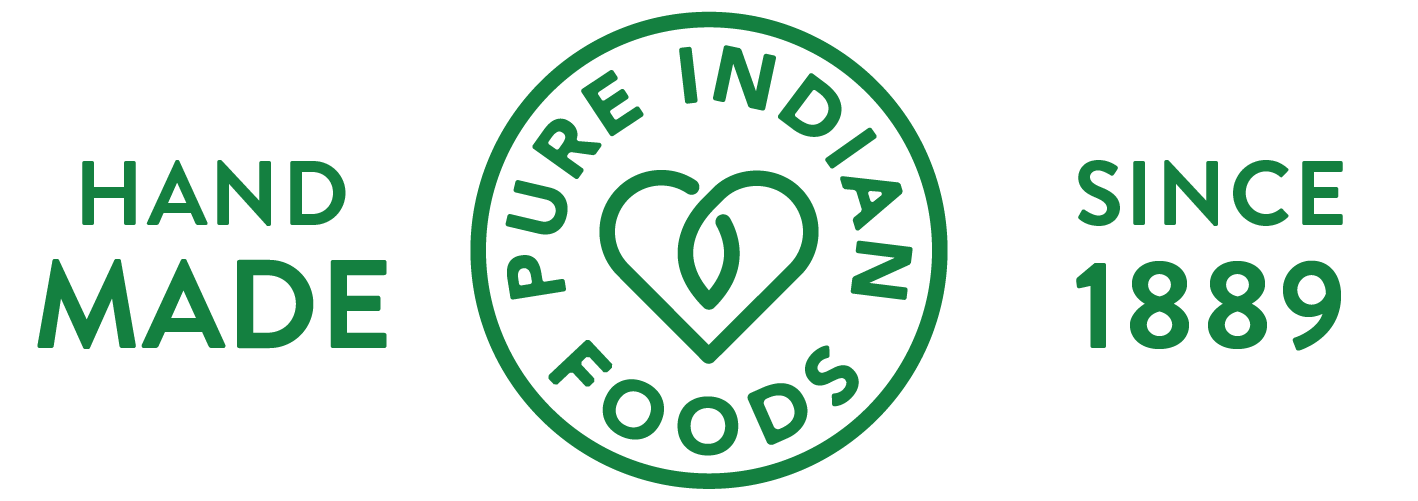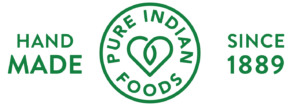Over millennia, India has generously shared its various inventions, creations and commodities with the rest of the world. Gifts like Ayurveda and Yoga, Ghee, Tea and Basmati Rice, Great Beings and Saints whose names live forever in infamy all come to us via India. Thanks to India, we have the number ZERO (0), Pi (“π”) and the Pythagorean Theorem, the great game of Chess, the first university from 700 B.C., Buddhism and Jainism and a special little something that became a very big deal: Shampoo!
Dating back to ancient times in India, people used a variety of herbs like neem leaves and extracts as natural shampoo. A very popular and effective shampoo was made by boiling Amla (the Indian Gooseberry) with a variety of herbs and Soap Nuts (or soap-berries which come from the Sapindus tree). The Soap Nuts contain natural saponins which act as surfactants which are naturally cleansing and foaming, creating lather when mixed with a liquid such as water. This would tame and revitalize hair, making it easy to manage with a soft, healthy shine.
The word “shampoo” became part of the English language in 1762. It comes from the Hindi word “champu” which is a derivative of the word “chapati”, meaning “to press, knead or soothe”.
Early European colonial traders in India learned the art of “champu” – how to indulge themselves in bathing which included hair and body massage. When they returned to Europe, they introduced what they had learned, including shampooing one’s hair.
Historians believe this act of shampooing was carried from India to Britain in the early part of 19th century, in part due to the efforts of a Bengali Indian immigrant, an entrepreneur and surgeon named Sake Dean Mahomed who, in 1814, along with his wife, an Irish woman named Jane Daly, opened the first commercial “vapour masseur bath” in Brighton, England.
Although routine bathing was nothing new, the therapeutic massaging of the scalp and body was not routine until India, via Britain, introduced it to the rest of Europe. Before the mid-1800s, “shampooing” implied therapeutically massaging the entire body, including head and scalp before bathing. It was only in the later part of the 1800s that “shampooing” took on its modern-day meaning of hair washing.
Thanks, India! We’re all the cleaner for it.
Resources:
https://en.wikipedia.org/wiki/Shampoo#Indian_subcontinent
https://www.india.com/viral/made-in-india-17-things-that-india-offered-to-the-world-119478/
https://www.historytoday.com/archive/feature/shampoo-empire


Leave a Reply